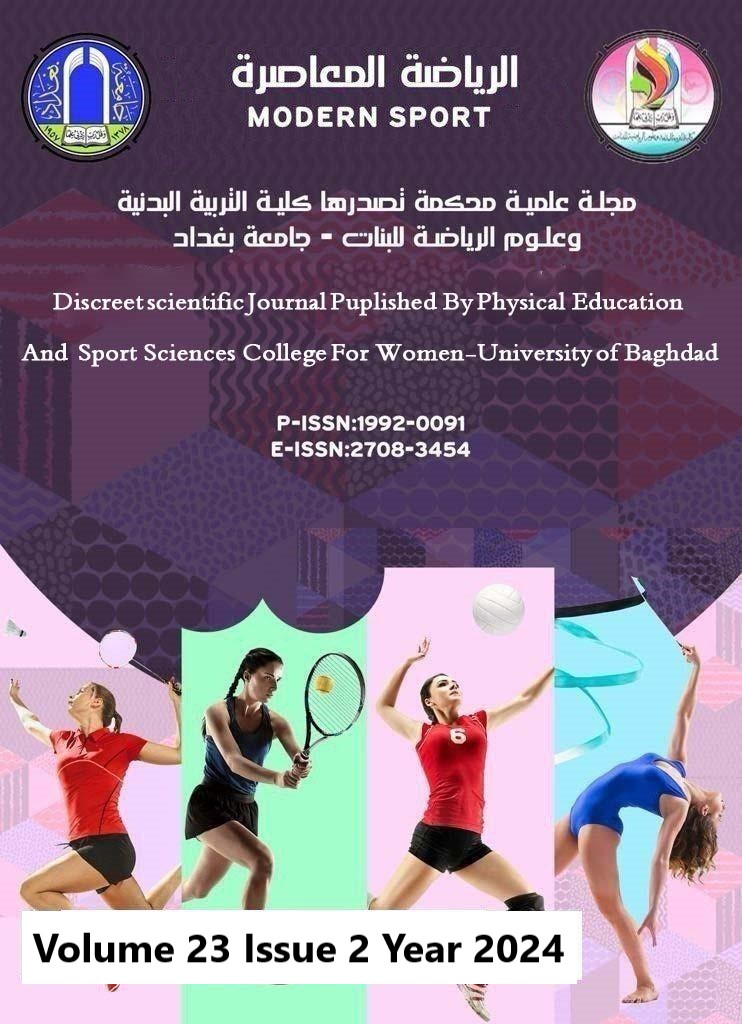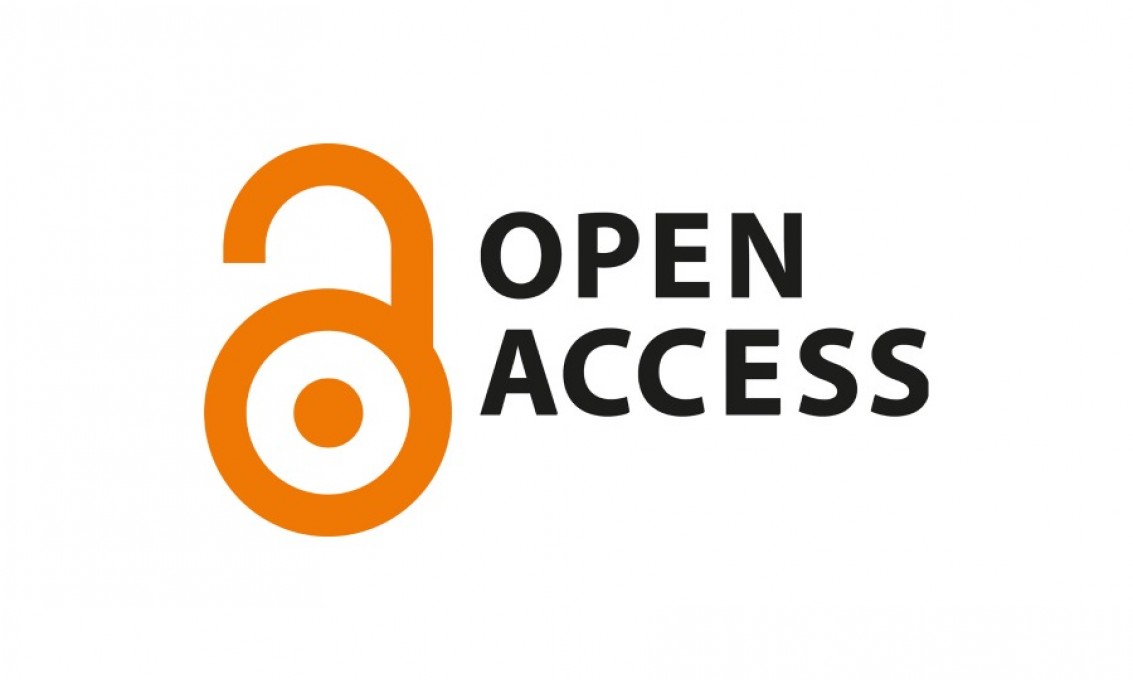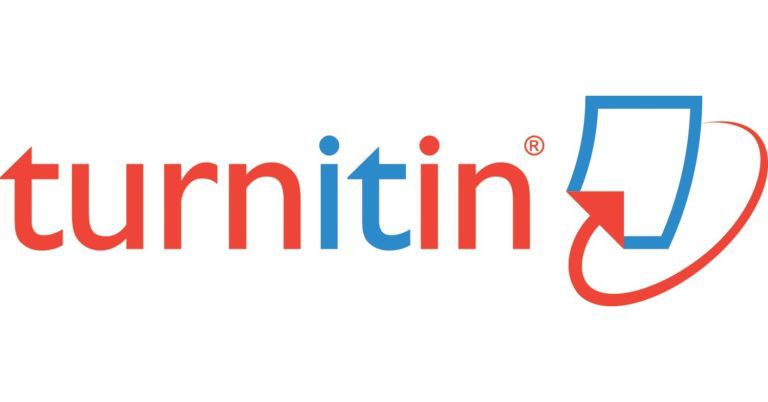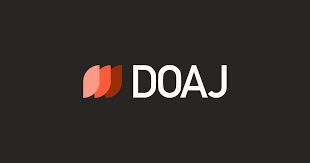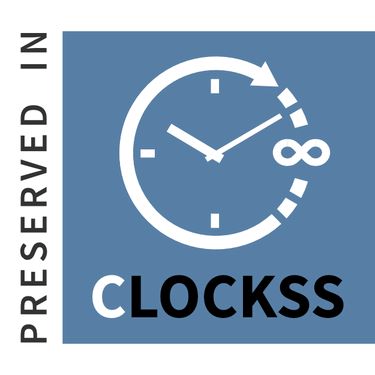Testosterone and Cortisol Hormones Response and Some Functional Variables to Escalated Aerobic Physical Exercise with the Difference of Biological Timing
DOI:
https://doi.org/10.54702/xmkq1h72Keywords:
testosterone, cortisol, hormones, biological timing, aerobic physicalAbstract
The current study aimed to: Detect the effect of physical effort of increasing intensity on a number of functional variables: testosterone, cortisol, heart rate, and systolic blood pressure in morning and evening times. As well as detecting the effect of the difference in morning and evening biological timing at times of rest and effort on a number of functional variables: testosterone, cortisol, heart rate, and systolic blood pressure rate. The descriptive approach was used for its suitability for the nature of the study. The sample consisted of (8) individuals selected randomly, aged between (21-23 years) who practiced sports activity. The final experiment was conducted from 14/1/2024 until 18/1/2024 It included conducting two tests on a moving treadmill. The researcher took into account the sequence in which they were conducted in both morning and evening tests. To process the data, The researcher used the T-test to determine the differences.The researcher reached: The physical effort of gradual intensity in the conditions of the morning and evening periods led to a clear increase by observing the value of the arithmetic mean and the standard deviation for the two periods, in the stages of rest and the end of the physical effort, respectively, in the testosterone hormone 7.09 (±1.17)-- 8.97 (±1.80) in the morning, and 5.21 (±1.14)-- 6.16 (±1.86) in the evening, heart rate 70.25 (±6.51)-- 187.25 (±4.02) in the morning, and 69.12 (±4.99)-- 183.00 (±3.11) in the evening, and systolic blood pressure 10.93 (±0.86)-- 14.31 (±2.06) in the morning, and 11.06 (±0.86)-- and 14.56 (±1.14) in the evening. It also physical effort of gradual intensity under conditions of morning and evening periods caused a noticeable decrease in cortisol hormone when moving from rest stage until the end of physical effort. It reached respectively 18.01(±1.38) -- 14.09(±3.87) in the morning, and 5.17(±1.17) -- 3.94(±1.02) in the evening. Biorhythm leads to a noticeable increase in the concentration of testosterone and cortisol in the blood in the morning compared to the evening, by noting the value of the arithmetic means, which reached (morning, evening) (7.09, 5.21) at rest, respectively, and after completing physical effort, they reached, respectively (8.97, 6.16) for testosterone. As for the hormone cortisol, it reached at rest, respectively (18.01, 5.17), while after completing physical effort, it reached respectively (14.09, 3.94). and this achieves one of the sustainable development goals of the United Nations in Iraq which is (Good Health)
References
Aldabagh, A., & Jasem Alhyali, A. (2019). Responses of the Respiratory Ventilation and Certain ECG to the VO2 Percentage in two Aerobic Stresses depending upon Resistance and Speed. Al-Rafidain Journal for Sport Sciences, 22(69), 1-46. doi: 10.33899/rajsport.2019.163015
Al-Hazzaa, Hazza bin Muhammad (2009): Physiology of Physical Effort, Theoretical Foundations and Laboratory Procedures for Physiological Measurements, Part 2, King Saud University, Riyadh, p484.
Caplin, A., Chen, F.S., Beauchamp, M.R., Puterman, E. (2021). The effects of exercise intensity on the cortisol response to a subsequent acute psychosocial stressor, Psychoneuroendocrinology, Volume 131, ISSN 0306-4530, p.(6) p.p 2-10. https://doi.org/10.1016/j.psyneuen.2021.105336
Hayes, L. D., Bickerstaff, G. F., & Baker, J. S. (2010). INTERACTIONS OF CORTISOL, TESTOSTERONE, AND RESISTANCE TRAINING: INFLUENCE OF CIRCADIAN RHYTHMS. Chronobiology International, 27(4), 675–705. https://doi.org/10.3109/07420521003778773
Hill, E. E., Zack, E., Battaglini, C., Viru, M., Viru, A., & Hackney, A. C. (2008). Exercise and circulating cortisol levels: the intensity threshold effect. Journal of endocrinological investigation,31(7),587–591. https://doi.org/10.1007/BF03345606.
Kraemer, W. J., & Ratamess, N. A. (2005). Hormonal Responses and Adaptations to Resistance Exercise and Training. Sports Medicine, 35(4), 339–361. https://doi.org/10.2165/00007256-200535040-00004
Mastorakos, G., & Pavlatou, M. (2005). Exercise as a stress model and the interplay between the hypothalamus-pituitary-adrenal and the hypothalamus-pituitary-thyroid axes. Hormone and metabolic research = Hormon- und Stoffwechselforschung = Hormones et metabolisme, 37(9), p.577, 577–584. https://doi.org/10.1055/s-2005-870426.
McArdle, W. D., Katch, F. I., & Katch, V. L. (2010). Exercise physiology: Nutrition, energy, and human performance. Lippincott Williams & Wilkins , p. 412.
Mirizio, G. G., Nunes, R. S. M., Vargas, D. A., Foster, C., & Vieira, E. (2020). Time-of-Day Effects on Short-Duration Maximal Exercise Performance. Scientific Reports, 10(1). https://doi.org/10.1038/s41598-020-66342-w
Teo, W., Newton, M. J., & McGuigan, M. R. (2011). Circadian rhythms in exercise performance: implications for hormonal and muscular adaptation. Journal of sports science & medicine, 10(4),p.p 601–603. https://www.jssm.org/jssm-10-600.xml%3EFulltext
Thau, L., Gandhi, G, Sharma, S.(29-8-2022). Physiology, Cortisol, This article is taken from Physiology, Cortisol - StatPearls - NCBI Bookshelf (nih.gov) .
Urbanski H. F. (2011). Role of circadian neuroendocrine rhythms in the control of behavior and physiology. Neuroendocrinology, 93(4), p.218. 211–222. https://doi.org/10.1159/000327399.
Vandergriendt, Carly (10/2/2023). How Does Exercise Affect Blood Pressure, Retrieved from:https://www.healthline.com/health/blood-pressure-after-exercise .
Vingren, J. L., Kraemer, W. J., Ratamess, N. A., Anderson, J. M., Volek, J. S., & Maresh, C. M. (2010). Testosterone physiology in resistance exercise and training: the up-stream regulatory elements. Sports medicine (Auckland, N.Z.), 40(12), 1037–1053. https://doi.org/10.2165/11536910-000000000-00000
Viru, A., Karelson, K., & Smirnova, T. (1992). Stability and variability in hormonal responses to prolonged exercise. International journal of sports medicine, 13(3), 230–235. https://doi.org/10.1055/s-2007-1021259
Downloads
Published
Issue
Section
License
Copyright (c) 2024 Modern Sport

This work is licensed under a Creative Commons Attribution 4.0 International License.
